Can I Customize Game Characters And Backgrounds In The Game Kit?
When I first started, I felt stuck with default characters and backgrounds <sup>1</sup>. They looked generic, and players did not connect with them.
Yes, game kits allow you to customize characters, abilities, animations, and backgrounds. You can also add music, sound effects, and interactive elements to match your venue’s theme and player preferences.
I soon learned that customization makes the game environment feel alive <sup>2</sup> and relevant. Let me show you how characters, backgrounds, and sound can be tailored for your business.
How can I make the characters more relevant to my gaming environment?
I once used stock fish characters <sup>3</sup> in my games. Players complained they had seen the same ones elsewhere, and I almost lost my audience.
You can make characters more relevant by customizing their appearance, powers, and animations. Adjusting size, color, and abilities helps create unique gameplay that feels connected to your venue’s identity.
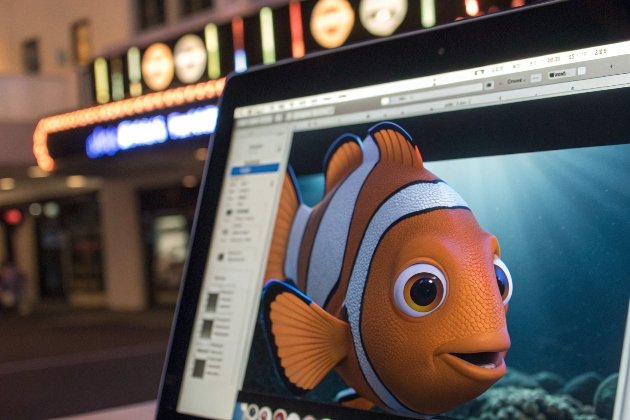
Customizing game characters
Game kits today provide a wide range of character options. You can go as deep as altering graphics and animations <sup>4</sup>, abilities, or even the math behind their performance.
| Custom Option | Example Adjustment | Business Impact |
|---|---|---|
| Appearance | Colors, skins, size, animation | Fresh look that attracts new players |
| Abilities | Speed, attack power, special moves | More engaging and competitive gameplay |
| Animations | Unique movement or attack effects | Distinctive style players remember |
When I introduced a “Thunder Dragon” with custom animations, players loved it. They stayed longer because the game felt different from what they had seen elsewhere.
Developers can also link characters to payout multipliers <sup>5</sup>. For example, a rare “Crab King” can carry higher odds, making the chase exciting. When characters are not just visuals but tied to gameplay, players engage more.
Some advanced kits let you design multiple skins. This allows seasonal or promotional updates. Imagine changing character designs during holidays to attract attention. These small tweaks can bring players back to see what is new.
Can I integrate location-specific elements into the game’s design?
At one point, I wanted my games to feel like they belonged to my city. I wondered if I could add familiar cultural elements <sup>6</sup> players would recognize.
Yes, you can integrate location-specific features into both characters and backgrounds. Developers can insert regional icons, cultural symbols, or local scenery that resonate with your target market.

Adding local flavor to game kits
Customization allows you to make the game feel personal to your market. For example, in the U.S., Fire Kirin <sup>7</sup> and Panda Master themes are well-known, while in other places, players prefer different aesthetics.
| Location-Specific Element | Example Use Case | Effect on Players |
|---|---|---|
| Cultural Symbols | Dragons in Asia, Eagles in the U.S. | Builds familiarity and emotional ties |
| Local Scenery | Ocean ports, forests, or city skylines | Immersive environment tied to real life |
| Special Characters | Market-relevant bosses or creatures | Adds uniqueness players talk about |
For example, if your venue is near the ocean, marine life themes <sup>8</sup> feel more natural. If your audience values cultural icons, you can add those into the game narrative.
Some kits even allow background stories tied to these local elements. As players progress, characters and environments evolve to match milestones. This not only makes the game visually appealing but also strengthens player loyalty.
How flexible are the background designs for my venue's aesthetics?
I once had mismatched backgrounds that clashed with my gaming hall’s design <sup>9</sup>. Players felt disconnected, and I learned aesthetics mattered more than I thought.
Backgrounds in game kits are highly flexible. You can design static or dynamic scenes, add interactive elements, and even change themes during play to match your venue’s look and branding.
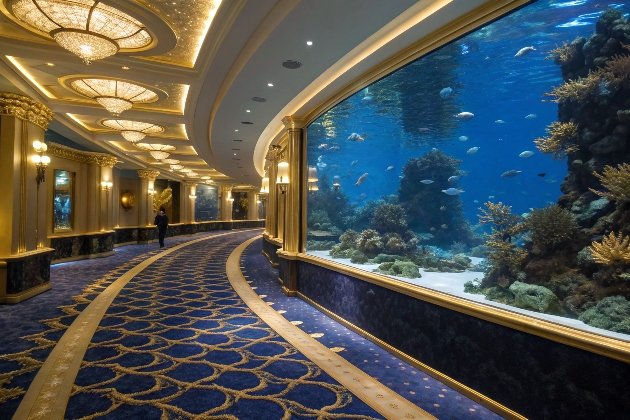
Options for background customization
Backgrounds are more than decoration. They affect mood, engagement, and how long players stay at your venue.
| Background Feature | Customization Options | Business Advantage |
|---|---|---|
| Static Backgrounds | Fixed underwater, forest, or city themes | Stable design, simple to maintain |
| Dynamic Backgrounds | Changes with level progress or events | Keeps players interested in long sessions |
| Interactive Elements | Animated objects that react to player actions | Adds depth and immersion |
Parallax scrolling is another feature worth noting. It gives depth as characters move, making the environment feel three-dimensional. Players notice the difference, even if subtly.
Some advanced kits even let backgrounds shift in real time. Imagine changing colors during a jackpot event or altering the environment after a player achieves a milestone. These effects create excitement and keep eyes on the screen.
Finally, developers can provide theme packs <sup>10</sup>. This lets you experiment with different styles until you find what works best for your audience. By aligning aesthetics with your venue, you create consistency and immersion.
Can I choose music and sound effects for the game kit?
At first, I ignored sound. I focused only on visuals, but then I realized silence made the games feel empty.
Yes, you can customize background music and sound effects in the game kit. Audio design can reinforce the atmosphere, connect with your brand, and make gameplay more exciting.
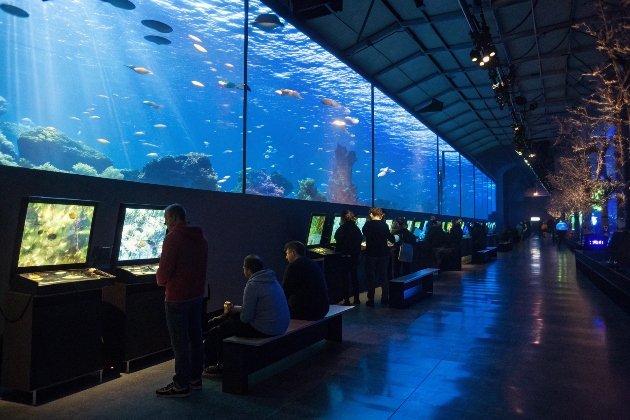
The role of sound in customization
Sound plays a powerful role in player engagement. It sets mood, guides gameplay, and builds anticipation.
- Background Music: You can choose relaxing or energetic tracks depending on your venue style.
- Character Sounds: Each action, attack, or win can have a unique effect.
- Event-Driven Audio: Big wins or jackpots can trigger celebratory music.
When I added custom music with ocean sounds to my fish game tables, players stayed longer. They said it felt immersive, almost like diving into another world.
You can also integrate branded jingles. For example, a short melody when players enter the game can remind them of your venue. This adds a personal identity to the experience.
Good sound design ties visuals and gameplay together. Without it, even great graphics feel flat. By choosing the right audio, you strengthen immersion and create emotional connection with players.
Conclusion
Customizing characters, backgrounds, and sound makes games unique. It helps match your venue’s identity, keeps players engaged, and builds loyalty through immersive experiences.
Footnotes
<span id="footnote-1">1. Guide to designing effective game characters and backgrounds. ↩︎</span>
<span id="footnote-2">2. Learn how environments enhance game immersion. ↩︎</span>
<span id="footnote-3">3. Free resources for stock character graphics. ↩︎</span>
<span id="footnote-4">4. Tools for creating animations and graphics. ↩︎</span>
<span id="footnote-5">5. How multipliers increase gaming excitement. ↩︎</span>
<span id="footnote-6">6. Importance of cultural design in user experience. ↩︎</span>
<span id="footnote-7">7. Popular online gaming themes in the U.S. ↩︎</span>
<span id="footnote-8">8. Marine life resources for realistic game themes. ↩︎</span>
<span id="footnote-9">9. Inspiration for gaming hall interior design. ↩︎</span>
<span id="footnote-10">10. Game engine tools for background themes. ↩︎</span>
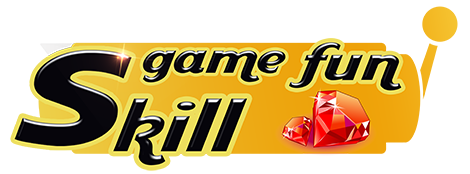
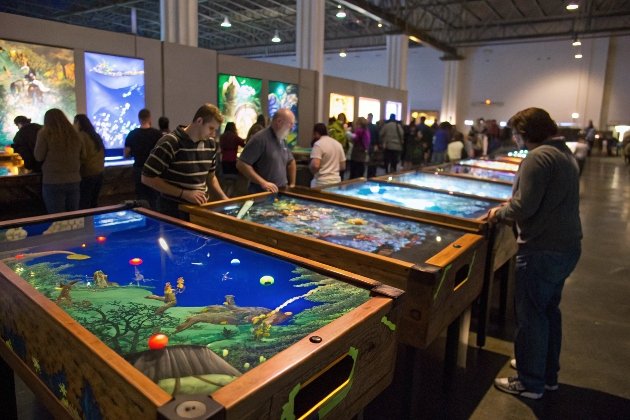
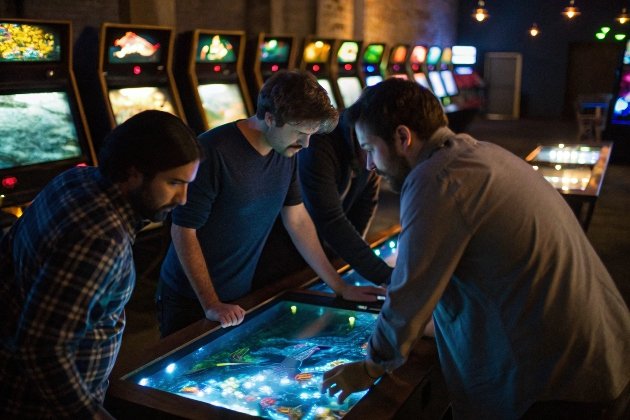
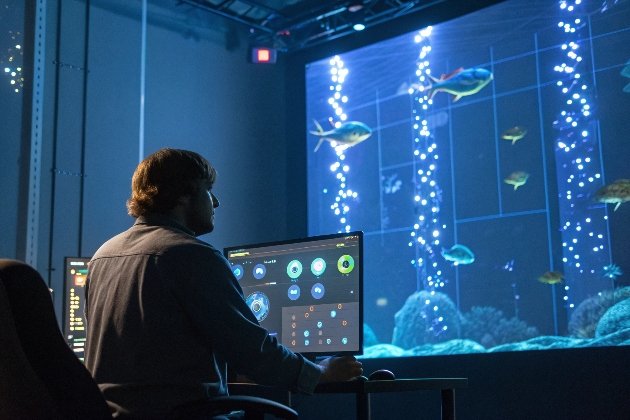
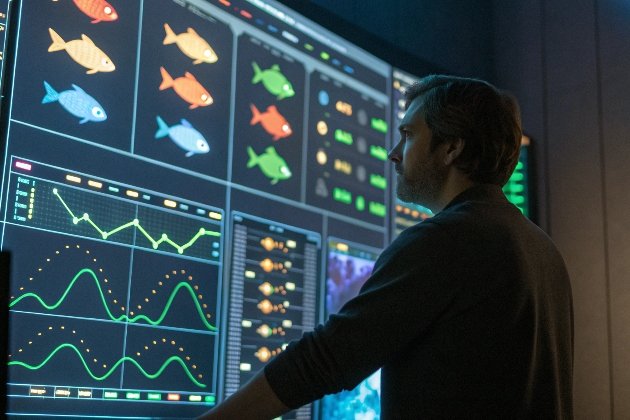
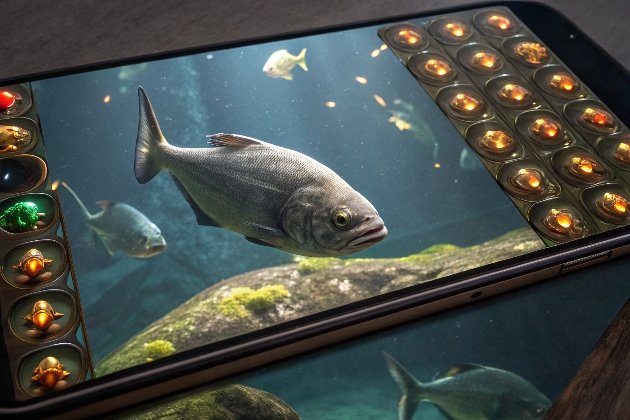
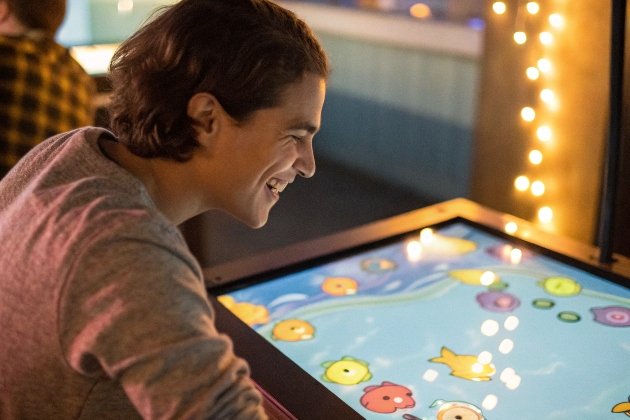
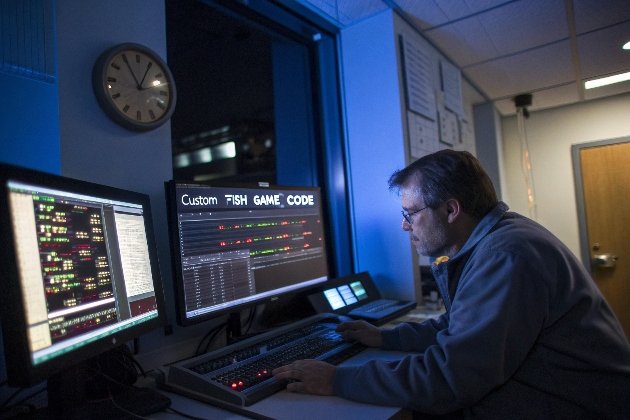
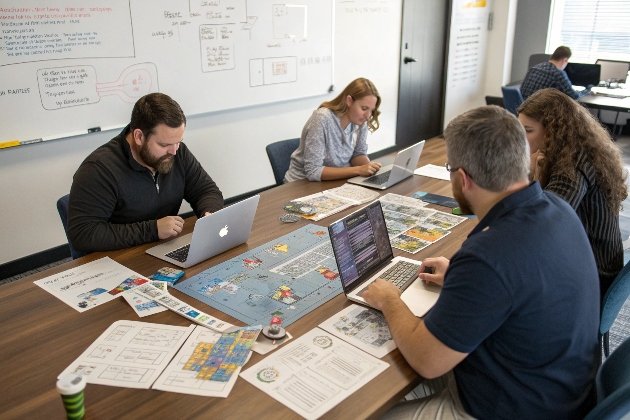 "Game Brainstorm Meeting")
"Game Brainstorm Meeting")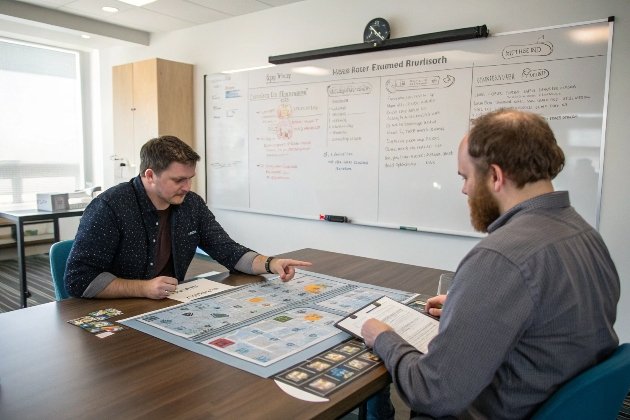 "Project Team Huddle")
"Project Team Huddle")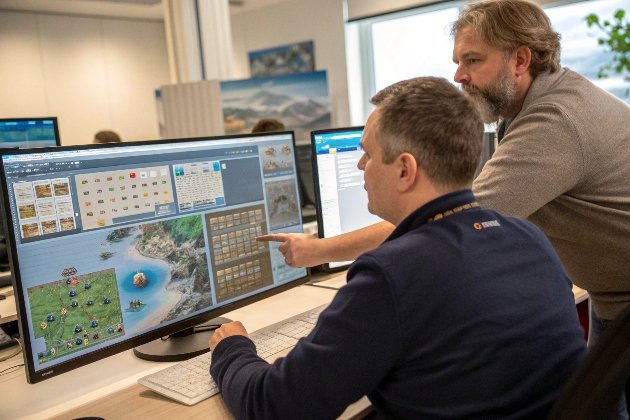 "Team Strategy Session")
"Team Strategy Session")